Those words typically represent how many people it takes to successfully raise a child. Parents can’t do it without help from relatives, neighbors, schoolteachers, friends and everyone in the surrounding community.
As I move down my path as an author, I’ve discovered those words also apply to book writing. Obviously, to successfully publish a book, you need agents, editors, illustrators, designers, printing press operators, marketers, booksellers and more. But often, there’s a whole village of people involved before the sale even gets made.
I think many people assume that writers sit down, write their book in solitude, edit it a bit, send it off and wait for a publishing offer to arrive. That’s usually not the case, although — because I may be the biggest introvert in the world — it certainly sounds appealing.
I was just fortunate enough to sell my third picture book — The Quickest Kid in Clarksville — to Chronicle Books. Here’s how a village helped make that happen, step by step.
Step One
I wrote a solitary first draft at my kitchen table after being inspired by Jacqui Robbins’ and Matt Phelan’s picture book The New Girl … And Me. I thought its depiction of a beginning friendship and the pitfalls that can occur along the way was spot-on, and I wanted to see if I could take that theme in a new direction. I’d also been hanging around my youngest daughter’s school, and the voices of some of the kids had gotten stuck in my head and made their way into my manuscript. The first draft was titled The Fastest Feet on Fleet Street and had two girls competing to see who was the better runner, jumper and double-dutch rope-skipper. They start out disliking each other, but end up as friends. But I knew I wasn’t done, I needed …
Step Two
I sent the draft through my two critique groups. They made comments, and I made adjustments. Then, I won a picture book critique from esteemed picture book writer Dori Chaconas in a contest and I sent the story her way. She had great things to say about the voice and suggested that I have one of the girls be new to the neighborhood so she’d be more of a threat to the other, who had been reigning queen of the block. I thought this was a great idea, rewrote accordingly and proceeded to …
Step Three
I took the manuscript along to the Rutgers One-on-One Plus children’s writing conference (which, by the way, is a wonderful experience if you ever get the chance to go). The special thing about this conference is that you get paired with an editor, agent or writer and get to spend 45 minutes with them 1-on-1 digging into one of your manuscripts and soaking up their knowledge. I was paired with Chelsea Eberly, an associate editor at Random House. Not only did Chelsea explain the concept of a story hook better than anyone else I had ever heard, she also turned on a huge light bulb for me by suggesting that I set the story in the past and look for a historical angle to give the story a more strongly defined identity and purpose. Almost instantly, I thought of setting the story in 1960, the year African-American sprinter Wilma Rudolph won three gold medals at the Summer Olympics in Rome. I went home full of excitement and rewrote the story so both characters idolized Wilma and wanted to be just like her. That brought me to …
Step Four
I attended a SCBWI conference in Iowa and submitted the latest version for a critique. I was paired with Brett Wright, an assistant editor at Bloomsbury. He had a lot of good things to say in his detailed critique, but he also suggested amping up the tension between my two competing athletes so, as he put it, “They earn their happy ending.” This made sense to me, and was relatively easy to do, so I went at it and moved to …
Step Five
Now, I thought the story seemed ready to submit. Ammi-Joan Paquette, my agent, agreed and started sending it out. Some rejections arrived, which is inevitable, and then we received a very nice note from Tamra Tuller at Chronicle Books. She said she liked the story, but something didn’t seem quite right. Maybe there wasn’t enough Wilma Rudolph? She didn’t know exactly how to fix things, but if I was willing to try, she’d be happy to look at it later. I was willing, so that led to …
Step Six
I was off of work and alone in my house the week between Christmas and New Year’s, and I made revising the story my top priority. But I wasn’t exactly sure how to get started. So I sent the story back to my critique group friends sharing Tamra’s comments and asking for ideas. They did not let me down. Norene Paulson sent a list of brainstormed thoughts about how to make Wilma more prominent. Lisa Morlock suggested using the story’s setting to add punch. And, Jill Esbaum offered some character advice. So I pondered, and began …
Step Seven
I did a bunch of research to learn more about Wilma Rudolph. I read her autobiography and other children’s books about her. And in doing so, I learned some very interesting things. Wilma had grown up in Clarksville, Tenn. which was still segregated in 1960. Blacks and whites went to separate schools, saw separate doctors and ate at separate restaurants. But after Wilma’s Olympic victories, Clarksville wanted to throw her a victory parade. Wilma agreed, but said the event had to be integrated. So that parade was the first integrated event in Clarksville history. Knowing that, I moved my story’s setting to Clarksville and had both girls planning to attend Wilma’s victory parade. I also took out the jumping and rope-skipping elements and had the girls’ competition focus only on running events loosely patterned after Wilma’s three Olympic events. And the title changed to become The Quickest Kid in Clarksville. I look a deep breath and advanced to …
Step Eight
I sent the story off to Joan. She asked a few questions, I made a few alterations and she sent the story back to Tamra, who took it to an editorial meeting and then to an acquisitions meeting and then, amazingly, bought it, which resulted in …
Step Nine
Celebration! (And, of course, awaiting the editorial notes from Tamra.)
So thank you to everyone in my village. As they say in sports, this was a team win.
You may be a solitary scribe slaving alone in your room. You may track your progress using a nifty star chart like Tara Dairman.
That’s all good. But once you’ve gotten your manuscript as far as you individually can, consider sending it out into your village.
And if you don’t have a village, go find some like-minded people and create one.
You and your book will be better for it.





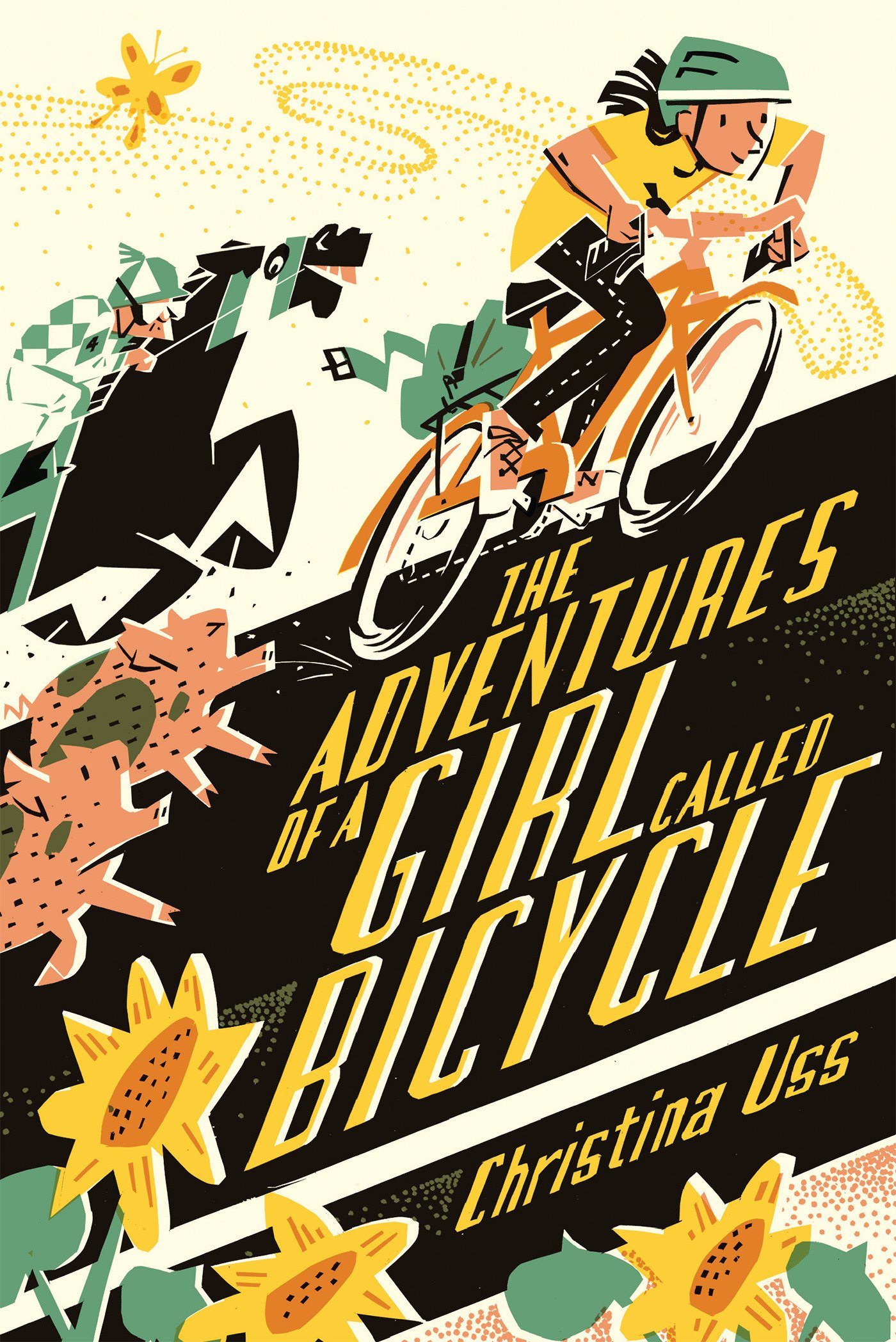







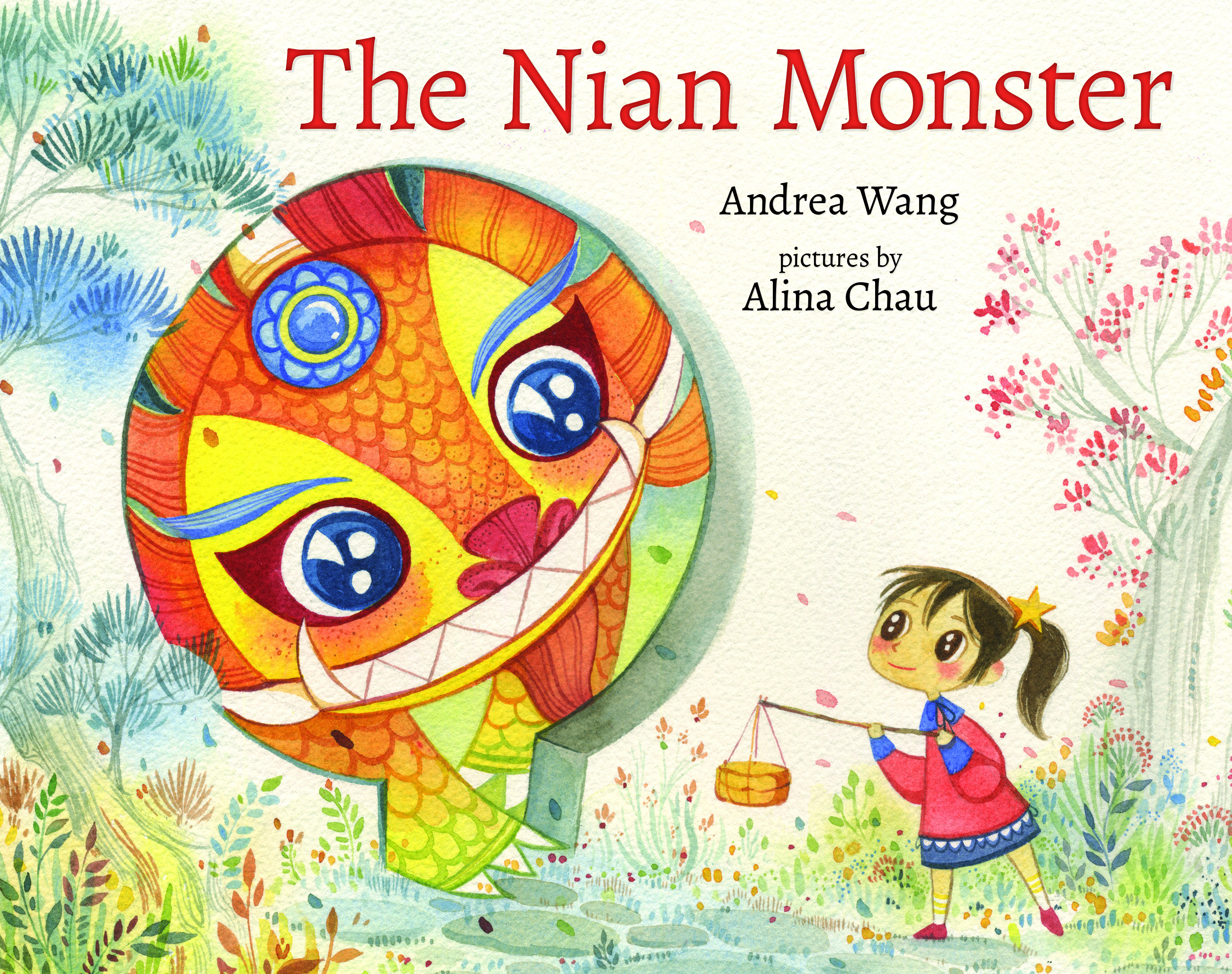
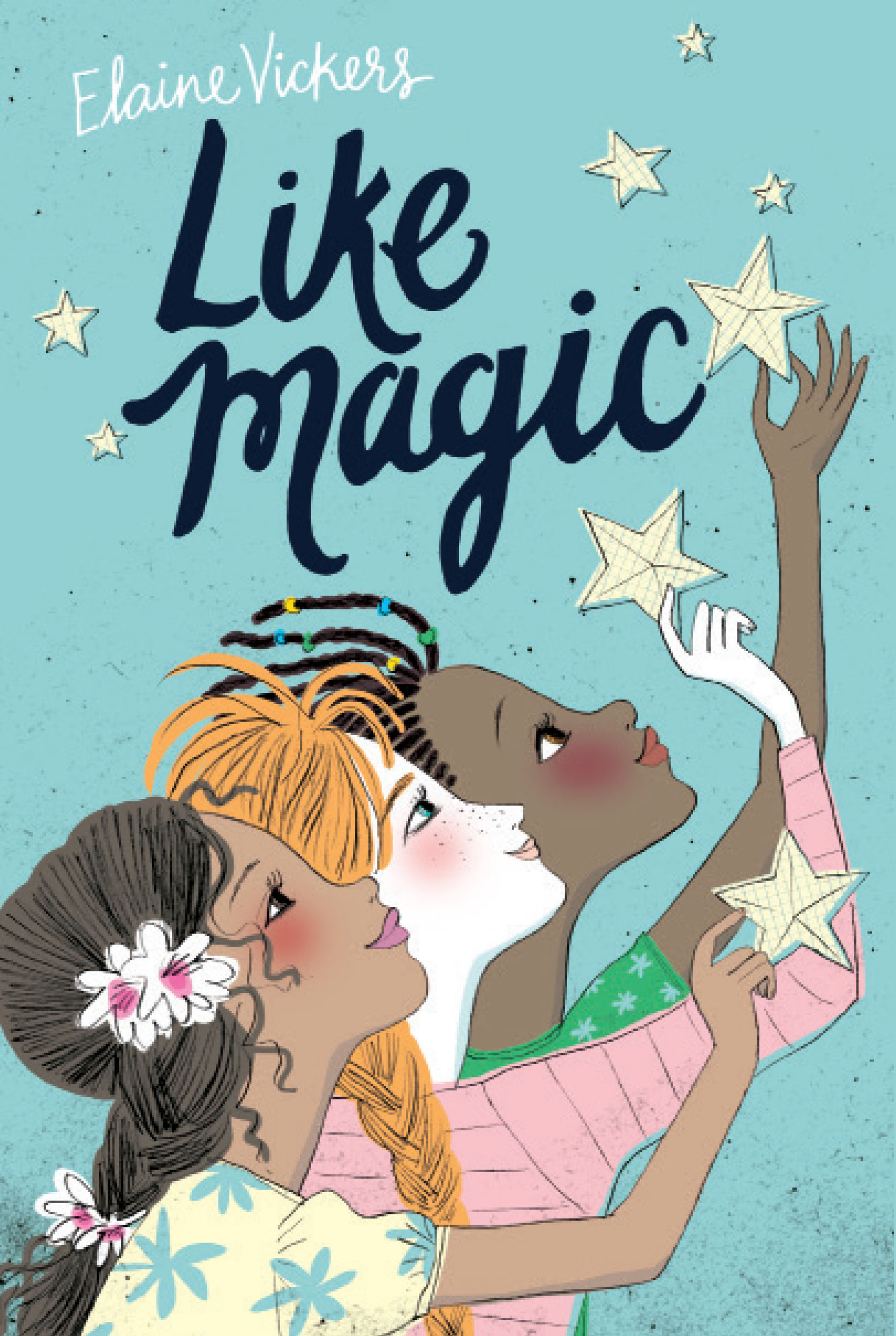
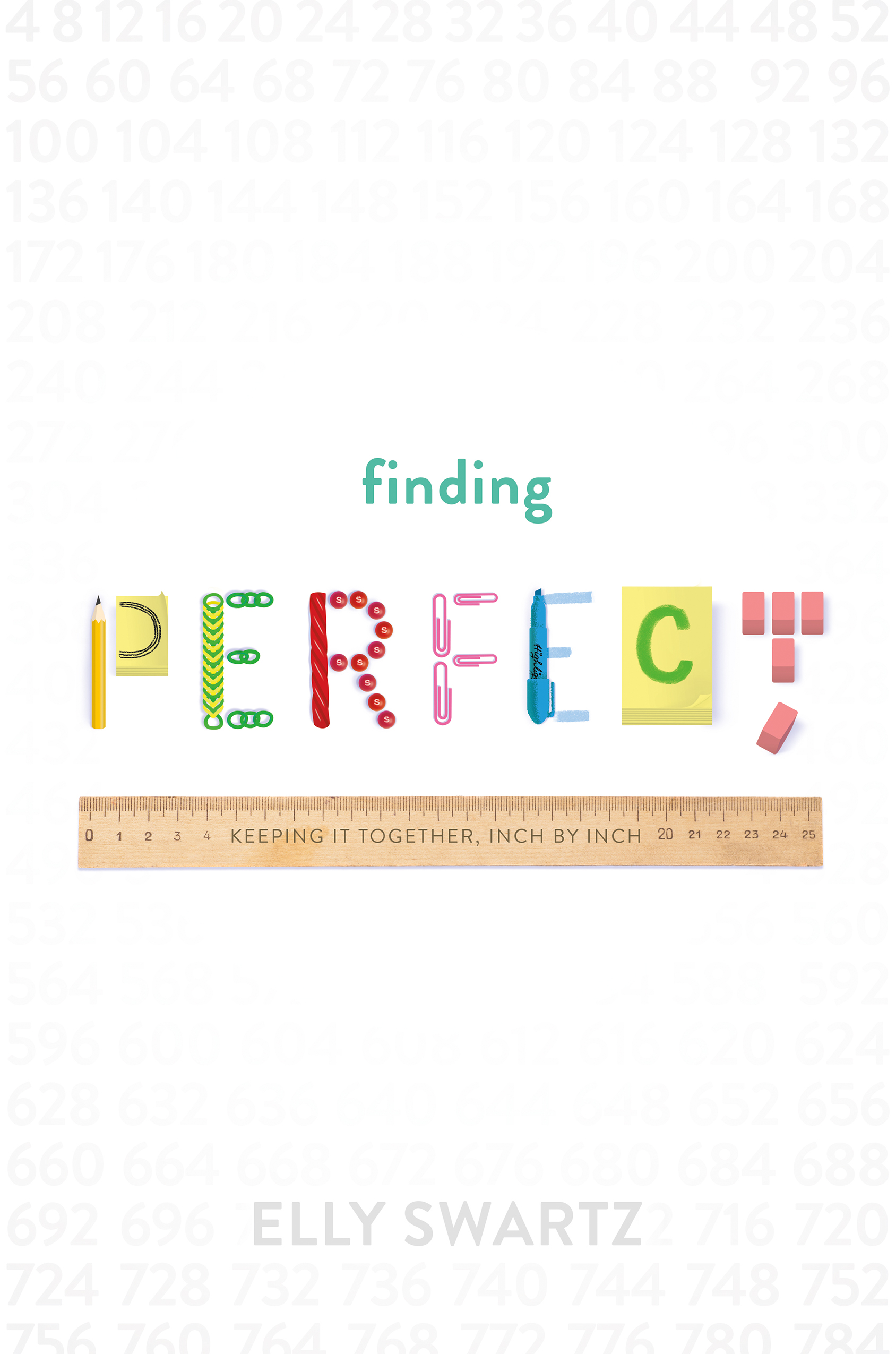
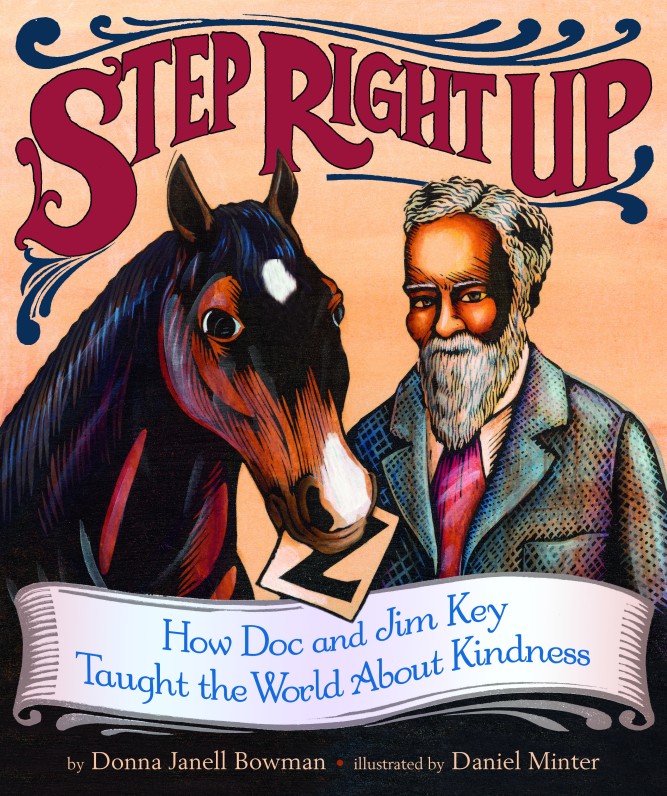
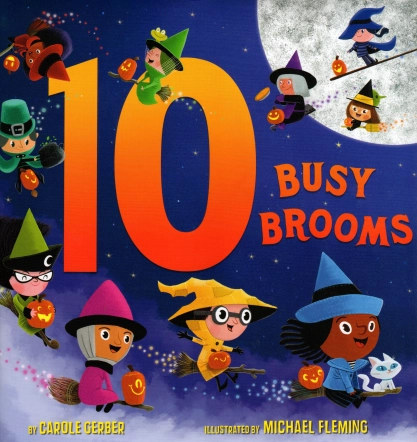

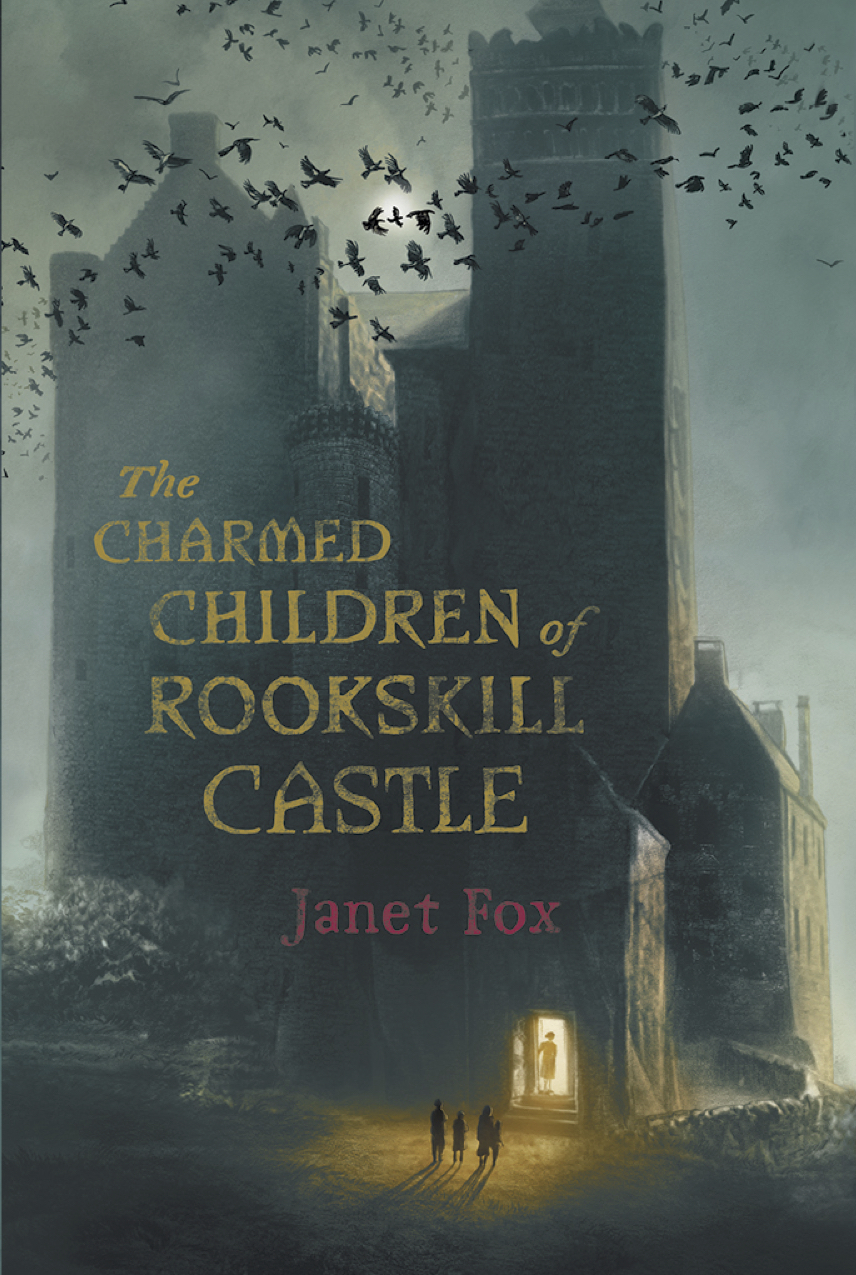
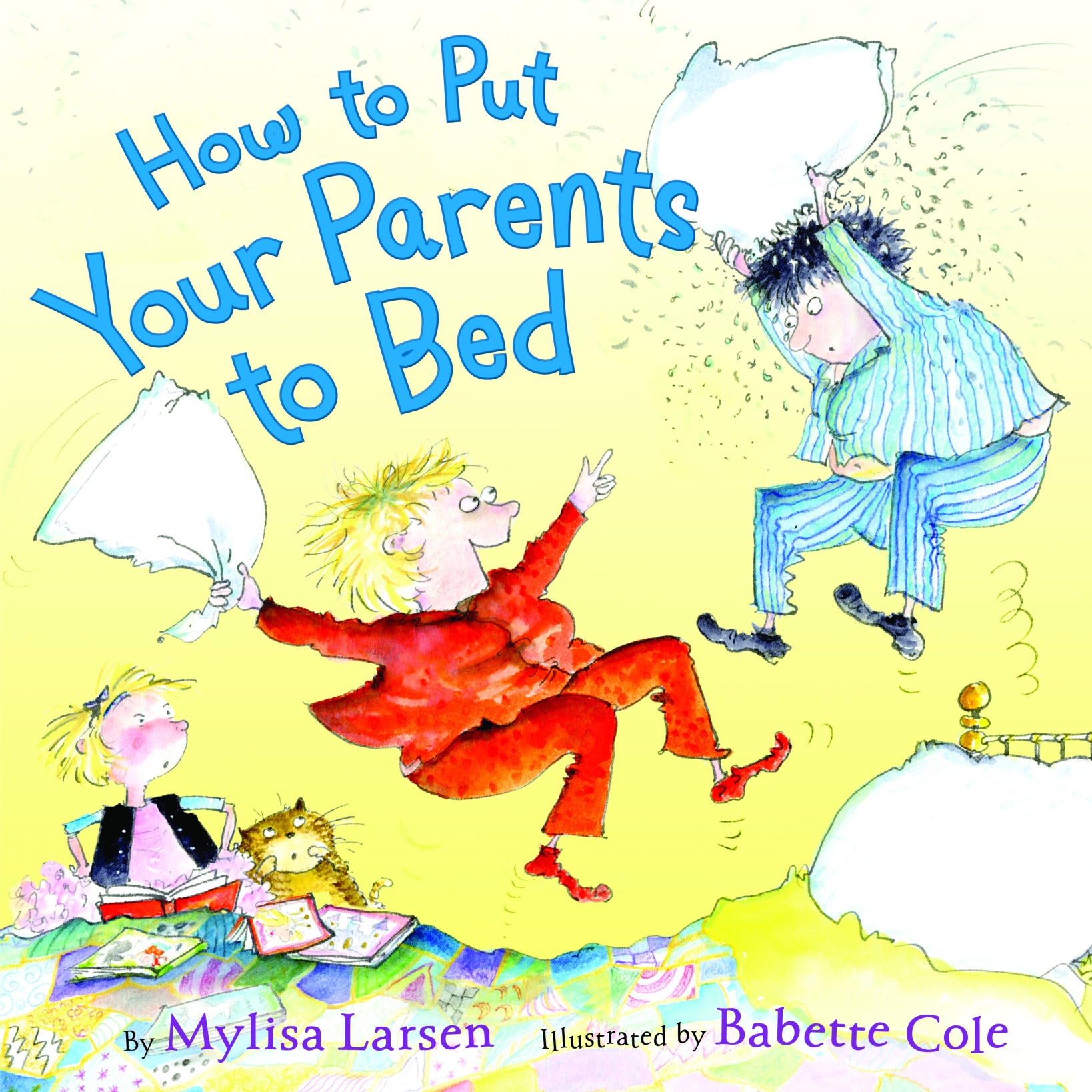



Just back from NESCBWI conference and feeling overwhelmed with community (village) love from VCFA and NESCBWI friends. Your post fits perfectly!
LikeLike
Anna — Awesome! No village is too large!
LikeLike
Pat, what a wonderful, detailed description of all that is involved in the creation, the evolution of a picture book manuscript. Thank you for posting it! PB’s are work, no question about it and only a very few are willing to put the extra effort into making it their personal best, well done!
LikeLike
I love this post Pat! It is indeed an evolutionary process as we share, fine-tune, refine and develop each word, and sharpen the focus until the draft becomes a book. How lucky we are to incorporate the wisdom and perspective of a village along the way!
LikeLike
Pat, this is such an inspirational post! I had no idea there was this much history behind The Quickest Kid. Cheers for sticking with it!
LikeLike
That is exactly how it works! I was just this morning, thinking of all the people I have to thank for helping me with my work in progress. It is a really long list!
LikeLike
I love hearing the story behind a story. Thanks for sharing the village behind this book!
LikeLike
Wow. Great post. My hat is off to you for working with two critique groups and being so open to revising at the advice you received after more critiques. My question, Pat, is how do you know which advice to take and which to ignore in critiques?
LikeLike
Hi: This post might not show it, but I am rather choosy about the advice I take. Basically, the advice really has to resonate with me. Basically make me say, “Well … duh! Of course, I should do that.” There certainly were ideas people gave me for this manuscript that I didn’t choose to use because they just didn’t feel right. Sometimes, if I’m not sure, I’ll try the advice and see how I feel about the result. (Having saved my original version in case I like it better.) I think revising is a combination of being open to a fresh perspective and new ideas and staying true to the heart, or core, of your story.
LikeLike
Thanks, Pat. It’s so hard to know which voice to listen to. I’m glad to learn your process.
LikeLike
Inspirational, Pat! Sounds like a lot of depth!
LikeLike
Wow, Pat, this is an incredible journey! I have been excited to read this story from the moment I heard the premise, but now I’m like I MUST GET MY HANDS ON THIS BOOK NOW!
LikeLike
This is so great, Pat–thanks for letting people know what REALLY goes into a picture book! Can’t wait to see yours.
LikeLike
Just what I needed to read today!! Thanks.
LikeLike
Hi all! I’m new to the word of Children’s Lit but have a solid draft in the works and live right by Rutgers so attending the conference is certainly a possibility. Since I am a higher ed professional by trade (aka to pay the bills) I just worry I will be an odd woman out in a sea of authors at this conference. Any tips?
LikeLike
I felt the same way before the first children’s writing conference I attended. My primary job is at an insurance company. But it wasn’t an issue. There are so many people there with so many backgrounds that everyone fits right in. I’ve met children’s authors who are also veterinarians, archaeologists, teachers, librarians, computer programmers, lawyers, students, retirees and more. So cross that off your list of things to worry about. : )
LikeLike
Excellent! I printed out the application form and after some tweaks to my manuscript I will ship everything out and cross my fingers. I really just want some author to adopt me, talk about my plans over tea, and hug me when I get letters – both acceptance and rejection – from publishers 🙂 And ideally he or she will wear a cardigan sweater
LikeLike
Thanks for sharing such a detailed, yet to the point account of how you created your story. I tend to think it will be a lot easier than it is and therefore have several unfinished dummies. I’ll celebrate if I can just get past step one 😉 Your story sounds terrific for all the work that went into it. Look forward to seeing your book!
LikeLike
Lovely post, Pat! Congrats on your latest book!
Donna L Martin
LikeLike
Pingback: The Cookie Monster Puts on Makeup | EMU's Debuts
Pingback: Pat Zietlow Miller | I’m over on EMU’s Debuts blog
Reading this today is the perfect book end after the Q & A session about Sophie’s Squash. Being open to change as you were is a great lesson in making stories the best they can be. Thank you!
LikeLike
FANTASTIC post, Pat! Congratulations!
LikeLike
Thanks so much for sharing the evolution of your manuscript. I really enjoyed hearing such a detailed account of your path to publication for The Quickest Kid in Clarksville (love the name and the concept, btw — can’t wait to read it!) I’ve learned so much from you in just two days!
LikeLike
Thanks for sharing—very interesting to understand the evolution of a story.
LikeLike
As a person that is just starting down the professional writing path, I was so excited to read the step by step process you went through to get to the finished product that is now being published. Though I am now in my 50s I still remember reading a story in my elementary school reader about Wilma Rudolf and being so impressed by her. I am so looking forward to reading your book.
LikeLike
So happy to hear about your successes, Pat…I truly love your books! The sharing you did here is so helpful…thank you for giving us your process…what shines out is your passion, your tenacity and your desire to do whatever is necessary to make your books the best they can be. 🙂
LikeLike
I love hearing the story behind the story! Thanks for sharing 🙂
LikeLike
Wow, I can describe it in a few words, no pain, no gain but there is really no pain but hard work and determination to make it happen. Thanks for sharing.
LikeLike